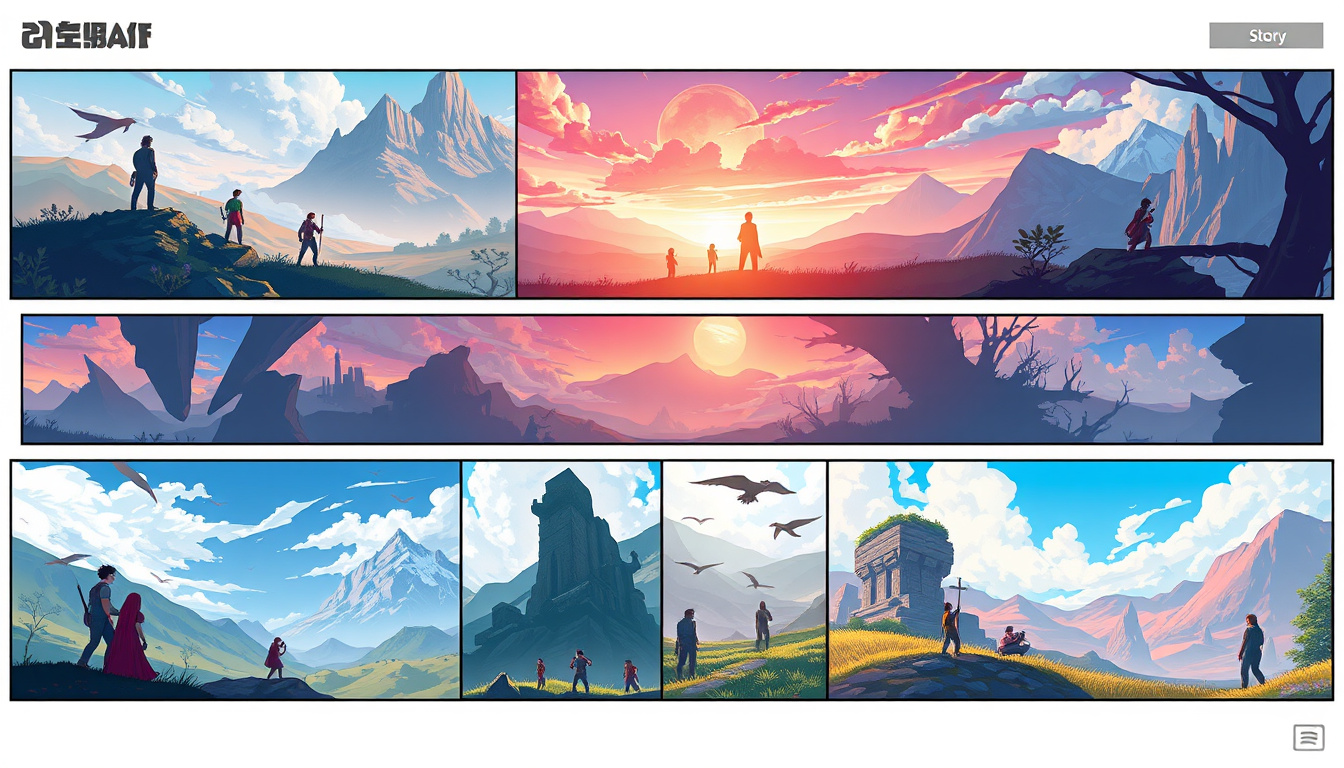
Enter the World of Animated Screenplays: Crafting Captivating Tales for Tots to Teens
Let’s face it, animation isn’t just for kids anymore. It’s for everyone from your toddler cousin to your granny — and if you craft your screenplay right, you can enchant them all. Mastering the art of animation screenplays means balancing witty dialogue, timeless themes, and snappy visuals that will have your audience glued to their seats (or their parent’s phone). So, grab your wizard’s hat and let’s dive into the magical world of creating captivating stories for every age!
Understanding Your Audience: It’s Not All Child’s Play
First things up: Know who you’re writing for. While it’s tempting to throw in a sophisticated joke about existential despair, remember that your main audience may still be mastering their times tables. Animations have the unique ability to cross age barriers, blending universal themes with age-specific content. Start by envisioning who’s going to be watching. Are they pre-schoolers? Teens obsessed with dystopian societies? Families looking for a feel-good movie night? Once you have your audience pinned down, you can start weaving age-appropriate content into your universal themes.
Building Your Animated World: Flex Those Creative Muscles
Animation allows for surreal, out-of-this-world scenes that live-action just can’t replicate. Think flying pigs, talking toasters, or a villainous vacuum cleaner — the crazier, the better. But remember, your world needs rules. Yes, even in a universe where toasters give Ted Talks. These rules ground your story and create a believable world that viewers can get on board with. Is gravity a thing? Do animals talk? Can trees walk? Define the impossible and stick to it.
Character Creation: Beyond the Talking Animals
Here’s where things get fun! Characters in animated features can range from the bizarre to the banally human. When creating characters, think about quirks, desires, and challenges that resonate across ages. Sure, a young’un loves a good slapstick chase scene, but older viewers might appreciate character depth and complex relationships. So, maybe your talking rabbit also has anxiety, or your hero turtle struggles with a fear of shallow water. These layers bring characters to life and give them relatable traits that captivate a wider audience.
Dialogue Dexterity: Speak the Language of Animation
Writing dialogue for animation is similar to audio-only mediums — every word counts! With varying age audiences, blend simple language with clever humor or subtle nods to pop culture. It’s about balancing overt explanation for kids and nuanced exchanges for adults. Remember, not every line needs to pack a punch; sometimes, the best moments are in the quiet mundanity of animated life.
Drama! Tension! Conflict!
What’s a story without a little drama? Spinning a good yarn requires conflict. Whether it’s interpersonal, internal, or battling a giant marshmallow man raining goo over New York, your story needs stakes. Why should viewers care? What’s at risk? These are crucial questions, regardless of whether your audience is five or ninety-five. Think ‘Toy Story’ levels of existential crisis mixed with ‘Monsters, Inc.’ styles of workforce comedy to hit that sweet storytelling spot.
Moral of the Story: Ethos, Pathos, and All That Jazz
Most animations have a moral — something that sticks with your audience long after the credits roll. Whether it’s about the value of friendship, courage, or even just why brushing your teeth is important, make sure your message is woven subtly throughout your screenplay. No one likes a moral hammered over their head with the subtlety of a falling anvil.
Revising Your Masterpiece: Edit Like a Pro
Last but never least, revision is your friend. That first draft might feel like a dumpster fire wrapped in a train wreck, but fear not! The perfecting process involves re-watching, re-reading, and re-writing. Get feedback from viewers of different ages. Notice where the kids snore or the adults check their phones. Animation is a collaborative art, and fresh eyes can help refine your vision.
Alright, budding Spielbergs and future Miyazakis, it’s time to take these nuggets of wisdom and spin that tale. Remember, whether you’re crafting tales of terrapins with terror of tiny ponds or crafting fables about feisty foxes, the aim is to keep it quirky, witty, and wildly engaging!






